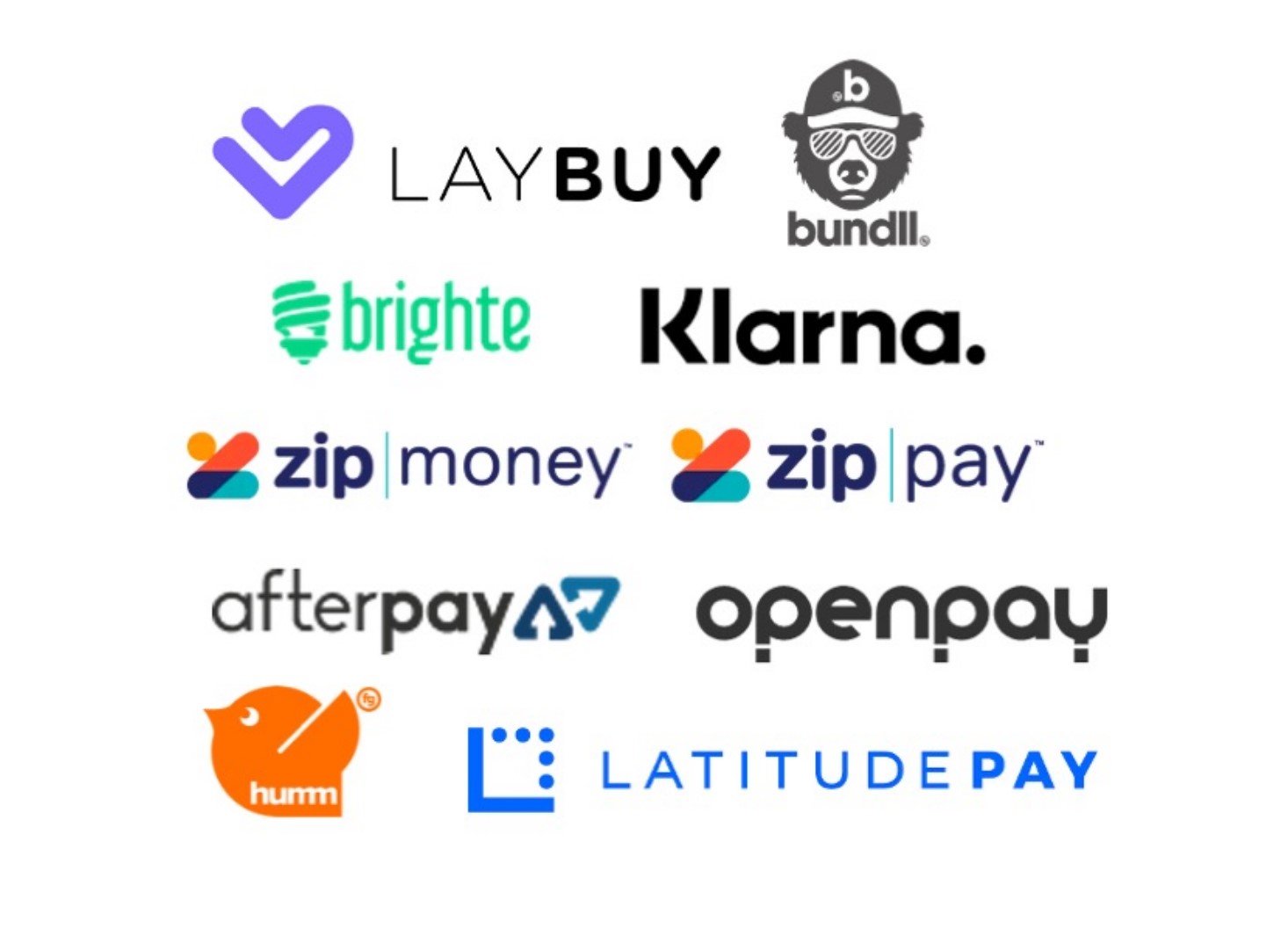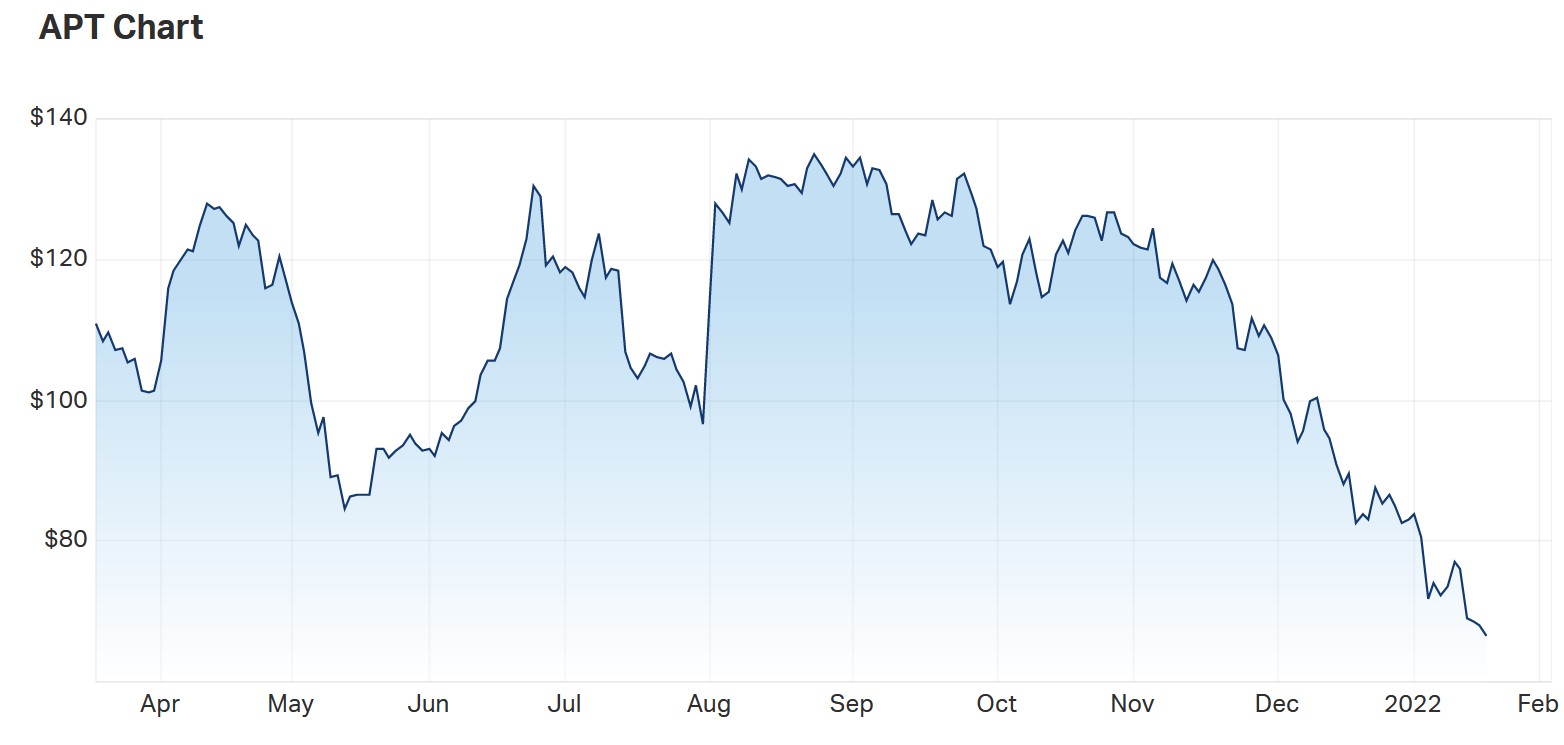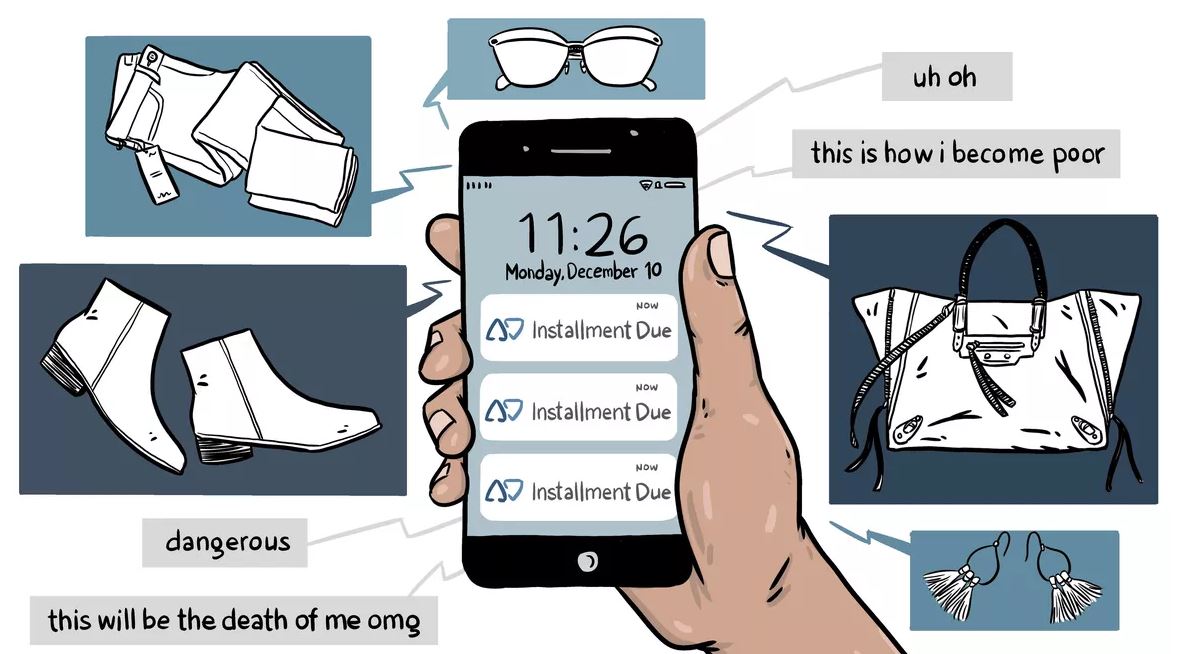Buy Now Pay Later (BNPL) a recipe for disaster

The so-called buy now pay later (after-pay) virus leads to a debt trap for nearly one million of its six million active Aussie users. Of those, 78% defaulted due to financial hardship, including taking out additional loans at even higher rates or forgoing essential items.
Before BNPL advocates get their knickers in a twist, yes, it can help you make larger purchases without apparent penalty if you use it properly. ‘Apparent’ is the operative word because using BNPL takes away any semblance of doing a better deal or shopping around. In fact, retailers are now factoring between 4-10% increases in their retail prices to cover the after-pay virus kickback.
Retailers love BNPL as it makes the sale easier and more immediate as you get instant gratification. In fact, many retailers’ floor staff are trained to ‘psych-up’ the benefits of BNPL to buyers in return for small but significant kickbacks to them. That is a conflict of interest, just as those bloody useless extended warranties and car paint protection rackets.
Buy Now Pay Later is just another form of loan and should be regulated
Buy Now Pay Later is a child of Fin-tech (finance tech)
Fin-tech often operates in unregulated segments of the market. It can argue that it is doing nothing wrong. Morally and ethically, you could easily argue otherwise.
Companies like Afterpay have succeeded because they can do what the regulated banks and credit card companies cannot. Remember that Afterpay’s founder was a 29-year-old university student who has since largely cashed out. Afterpay has not made a profit to date – the number of users and money it lends drives its share value.

Let’s look at Afterpay share price
It was trading at the peak of $160.05 (market cap $48 billion). It fell to $66.47 (market cap $19.966 billion) on 19 January 2022 before it removed itself from the Official List for acquisition by Lanai (AU) 2 Pty Ltd, a wholly-owned subsidiary of US-based Block, Inc., formerly known as Square, Inc.

Its 2021 Annual report is telling. It averaged a 3.9% margin (payment from retailers on sales), but that reduced to a net margin (after paybacks) of 2% and lost $194.2 million on a turnover of $924.7 million (on gross retail sales value of $21.087 billion – $9.447 billion and 3.6 million active users from Australia).
Here is the fascinating stuff – late fees were $87,300,000 or 9.6% of total income. But interesting is that it has Receivables Impairment expenses of $195.1 million – that’s money it can’t recover from bankrupt users. It spent $132.6 million on Net Transaction Loss (NTL), a management metric comprising the sum of Gross Loss, Chargebacks, and Debt Recovery Costs, less Afterpay Late Fees.
It outlines the significant external risks moving forward in 2022 (before acquisition), including
- Financial product regulation
- Payment system regulation
- Regulatory interpretation
- AML / CTF laws
- Privacy law
Let’s look at other buy now play later players
Zippay share price: Its peak was $10.61 (market cap $7.6 billion), and its low is $1.40 (market cap $1B).
Sezzle shares peaked at $11 last year and are now trading at $1.33.
Why have these Fin-tech darlings crashed?
First, investors have lost faith – this is an industry that could disappear up its fundamental orifice if regulation and a few other external factors cause that perfect storm.
Secondly, the securities (cold, hard, cash) that BNPLs need to borrow to cover the gap between lending and getting paid are drying up. Lenders don’t like the high risk (many times the credit card risk). Increasing interest rates and inflation make this risky lending just like junk bonds.
Third, defaults are increasing as some users get into a debt trap and have to bankrupt to try to get out.

Four, despite families saving more during the two years of COVID lockdowns, they are holding on to the cash because they don’t know where more will come from. Add to that floods, fires, mice, increasing petrol costs, Russia and China uncertainty, and it’s a recipe to bunker down.
Finally, consumer education is beginning to take hold. Unlike credit cards, buy now, pay later companies don’t ask any questions about whether you can actually afford to make the repayments. How can that continue unchecked? MoneySmart.gov.au has a good overview of BNPL.
What should be done about buy now pay later?
A global alliance of consumer groups is calling for regulation of the buy-now, pay-later (BNPL) industry amid warnings more of its customers will end up in a debt spiral as the cost of living goes up.
Consumers International, an organisation representing consumer groups in 10 countries including Australia, New Zealand, the US, Korea, and Denmark, calls for urgent action.
Choice, Financial Counselling Australia and Consumers’ Federation Australia are among alliance members that have released a ‘global statement’ with six critical requirements for effective regulation of BNPL. They want
- Regulate BNPL products in the same way as other forms of credit (National Credit Act)
- Require merchants to provide an option that allows a consumer to pay for a product in full at the time of purchase
- Obligate BNPL providers to assess whether it is suitable and affordable to provide credit to people without risk of causing financial harm (proper credit checks)
- Prohibit BNPL providers from marketing their products in ways that target children or people in financial hardship
- Enable consumers to have access to redress through fair and independent mechanisms when something goes wrong
- Ensure regulators monitor and report publicly on the impact of BNPL products for different groups of consumers
Brought to you by CyberShack.com.au







